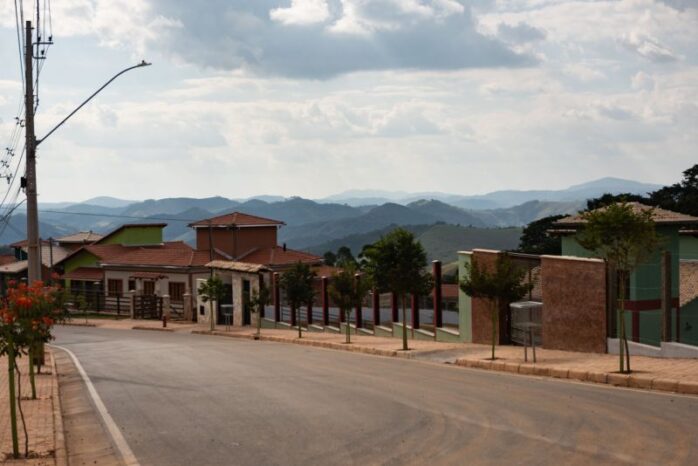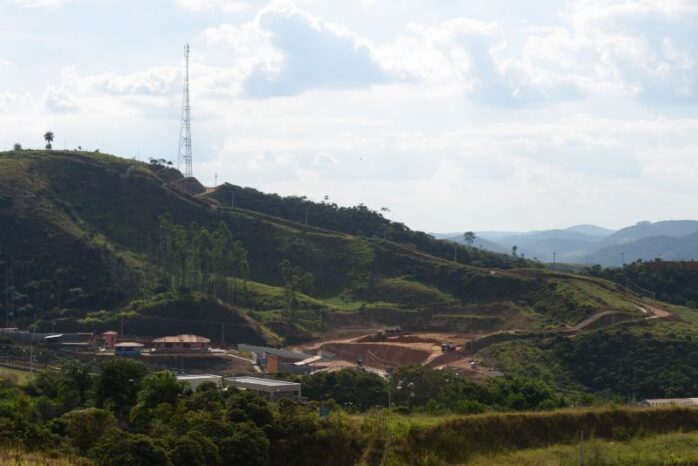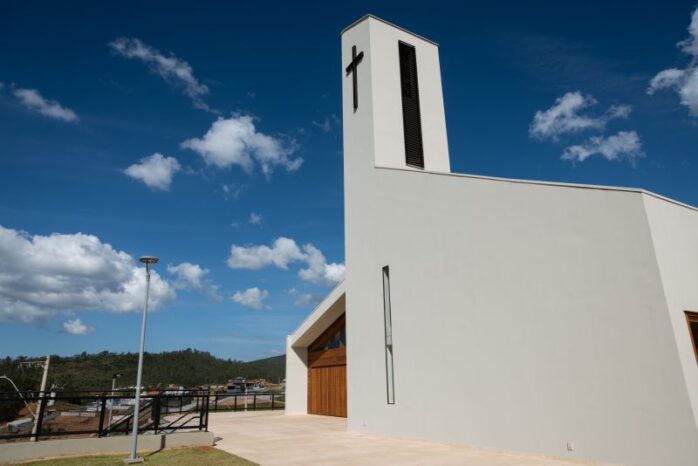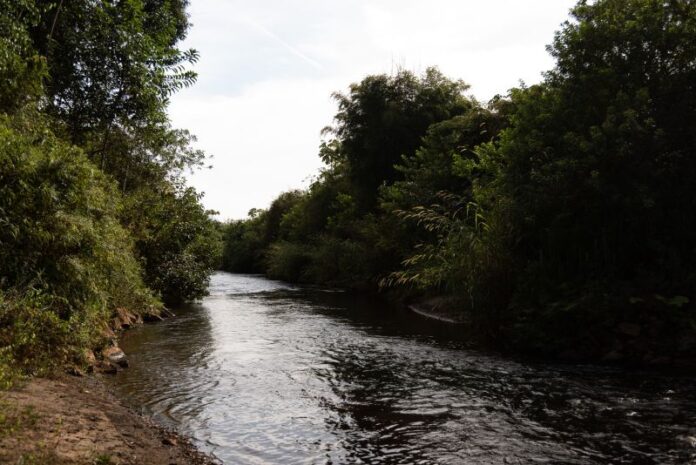On November 5, 2015, a catastrophic event sent shockwaves through Brazil and reverberated around the globe: the collapse of the Mariana Dam. This disaster, orchestrated by a confluence of negligence, corporate greed, and environmental oversight, unleashed a torrent of toxic sludge that obliterated communities and ecosystems alike.
The iron ore mining waste, a seemingly innocuous byproduct, turned into a monstrous tide, swallowing homes, rivers, and, tragically, lives. In the aftermath, the world was left grappling not only with the immediate devastation but also with the long-term implications of such industrial failures.
As investigations unfolded, stories emerged — tales of loss, resilience, and the struggle for accountability. The Mariana Dam disaster stands as a stark reminder of the fragility of our environment and the dire consequences that can arise when safety and sustainability are cast aside in the pursuit of profit.
Timeline of Events

The timeline of events surrounding the Mariana Dam disaster reveals a sequence of catastrophic failures that culminated in one of Brazil\’s most devastating environmental tragedies. On November 5, 2015, the dam, situated in the southeast region, was initially reported to have sustained significant structural faults—alarms rang, and concerns mounted.
Just hours later, at approximately 4:20 PM, the dam catastrophically breached, unleashing a torrent of toxic sludge that obliterated entire communities, including the small town of Bento Rodrigues. In the aftermath, rescue and recovery efforts began, engulfed in chaos as residents grappled with loss and displacement.
Over the following days, the grim reality of the disaster unfolded: the river systems became clogged, ecosystems were decimated, and the long-term implications loomed ominously. By then, the Brazilian government launched investigations, and a myriad of lawsuits began to tumble forward, framing a story not just of environmental negligence but of ethical failure at multiple levels. As news spread both nationally and internationally, calls for justice and accountability intensified, laying bare the profound impacts of corporate mismanagement and regulatory oversight.
Immediate Consequences

The immediate consequences of the Mariana Dam disaster were devastating and far-reaching, reverberating through the lives of thousands. Upon failure, a torrent of toxic sludge surged into the surrounding areas, obliterating entire neighborhoods and sweeping away homes like they were mere toys in a child’s playroom.
Villagers, caught off guard, witnessed their world turned upside down in mere moments—fields turned to wastelands, and vibrant rivers transformed into murky graves of submerged wildlife. The disaster claimed the lives of at least 19 people, while many more were left wounded and traumatized, grappling with the loss of loved ones and the destruction of their communities.
As the dust settled, the full extent of the ecological damage became painfully clear: vital water sources became contaminated, and the long-term impact on local fauna and flora elicited deep concerns. Thus, the catastrophe marked not just a tragic event, but a grim turning point that hinted at a broader environmental crisis looming on the horizon.
Human Impact

The Mariana Dam disaster stands as a stark reminder of humanitys dual capacity for innovation and devastation. When the dam failed in 2015, a torrent of toxic sludge cascaded into the surrounding ecosystems, obliterating flora and fauna while infecting water sources relied upon by local communities.
The immediate human toll was catastrophic—lives were uprooted, homes destroyed, and livelihoods shattered. Yet, the aftermath revealed an even graver scenario; the scars left on the environment and the psychological toll on affected populations prolonged the suffering.
Over time, murmurs of discontent transformed into cries for justice as residents grappled with both loss and a fierce determination to hold accountable those responsible for the disaster. This incident not only highlighted the fragility of human interventions in nature but also ignited a fervent global debate on corporate accountability and regulatory oversight, exposing the intricate web of societal and environmental interdependence.
Conclusion
In summary, the Mariana Dam disaster stands as a sobering reminder of the critical importance of stringent safety measures in mining operations. The collapse of the barragem de Fundão not only unleashed a catastrophic wave of toxic mining waste but also highlighted the profound environmental and social impacts that can arise from such negligence. The aftermath continues to affect the local communities, ecosystems, and the broader discourse on mining regulations.
As the world grapples with the lessons learned from this tragedy, it is imperative to prioritize sustainable practices and robust oversight to prevent similar disasters in the future, ensuring that both people and the environment are safeguarded against the potentially devastating consequences of industrial activities.




